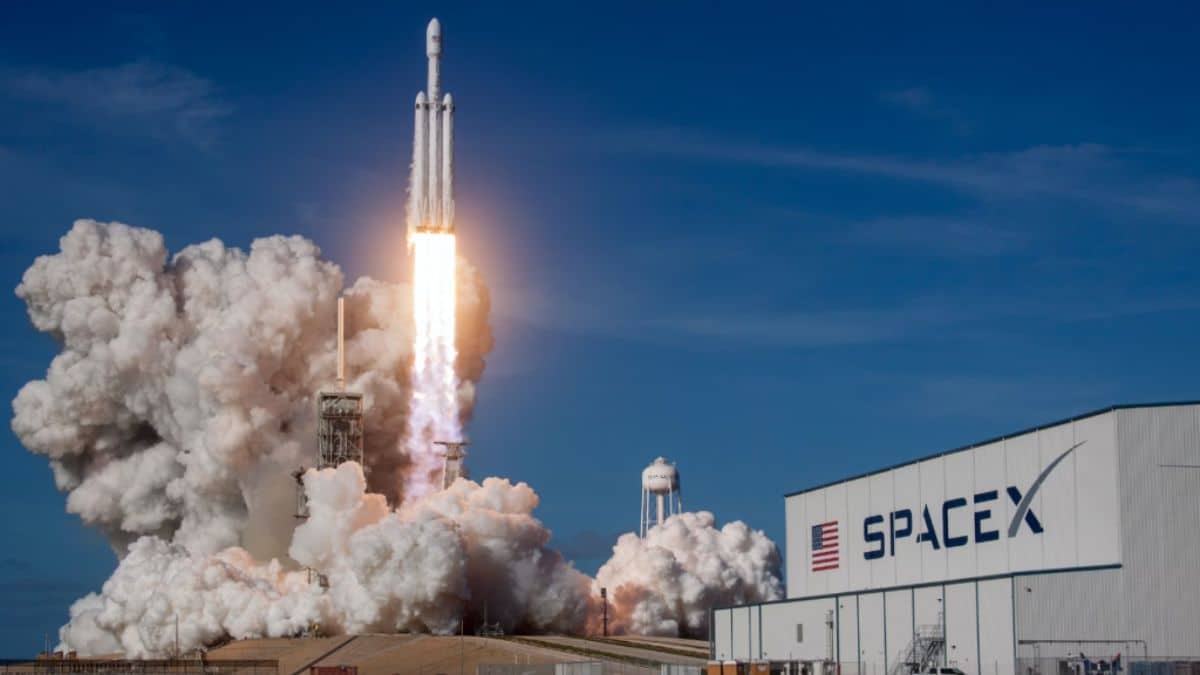 image credits - Gizmochina
image credits - Gizmochina
Indian Space Research Organisation (ISRO) is set to launch its communication satellite, GSAT-20, which weighs an impressive 4,700kg. This venture marks India’s entry into a new era of satellite technology, with a focus on providing cost-effective and more efficient services.
Scheduled for launch in the second quarter of 2024, GSAT-20’s journey into space will be facilitated by Elon Musk’s SpaceX, utilizing their Falcon-9 rocket. This collaboration represents a significant partnership in the realm of space exploration, as India leverages SpaceX’s capabilities to overcome the freight limitations of its current flagship rocket, the LVM3.
The LVM3, with a maximum carrying capacity of four tons, falls short by 700kg for the GSAT-20. This satellite, a testament to Indian technological advancements, aims to deliver cost-effective Ka-band high-throughput satellite (HTS) services. These services are designed to target broadband connectivity, IFMC, and cellular backhaul service needs, particularly in remote and unconnected regions.
The majority of the HTS capacity onboard GSAT-20 has already been secured by Indian service providers, as confirmed by NewSpace India Limited (NSIL). Although specific customer names remain undisclosed, the satellite’s 32 beams will offer Pan-India coverage, extending even to remote territories such as the Andaman and Nicobar Islands and the Lakshwadeep Island.
NSIL reports that GSAT-20 will provide an impressive HTS capacity of nearly 48 gigabits per second, a design aimed at meeting the demanding service requirements of far-flung regions. This strategic shift to SpaceX for the launch, underscored by cost efficiency, indicates India’s commitment to advancing its capabilities in the space domain.
While some private satellite entities in India have opted for SpaceX’s rockets, citing lower costs compared to ISRO, the Indian space agency remains focused on enhancing its capabilities. A key aspect of this effort is ISRO’s development of a semi-cryogenic engine, crucial for rockets carrying payloads exceeding four tons. Despite a setback in July 2023 during the first hot test of an intermediate configuration of the semi-cryogenic engine, ISRO is diligently working towards a pivotal moment with upcoming tests, employing a propellant combination of Liquid Oxygen (LOX) and Kerosene to power the booster stages of future rockets.
India’s foray into advanced satellite technology and strategic collaborations positions it as a key player in the evolving landscape of space exploration and communication services. The launch of GSAT-20 heralds a new chapter for ISRO, marking its determined stride towards technological excellence.
